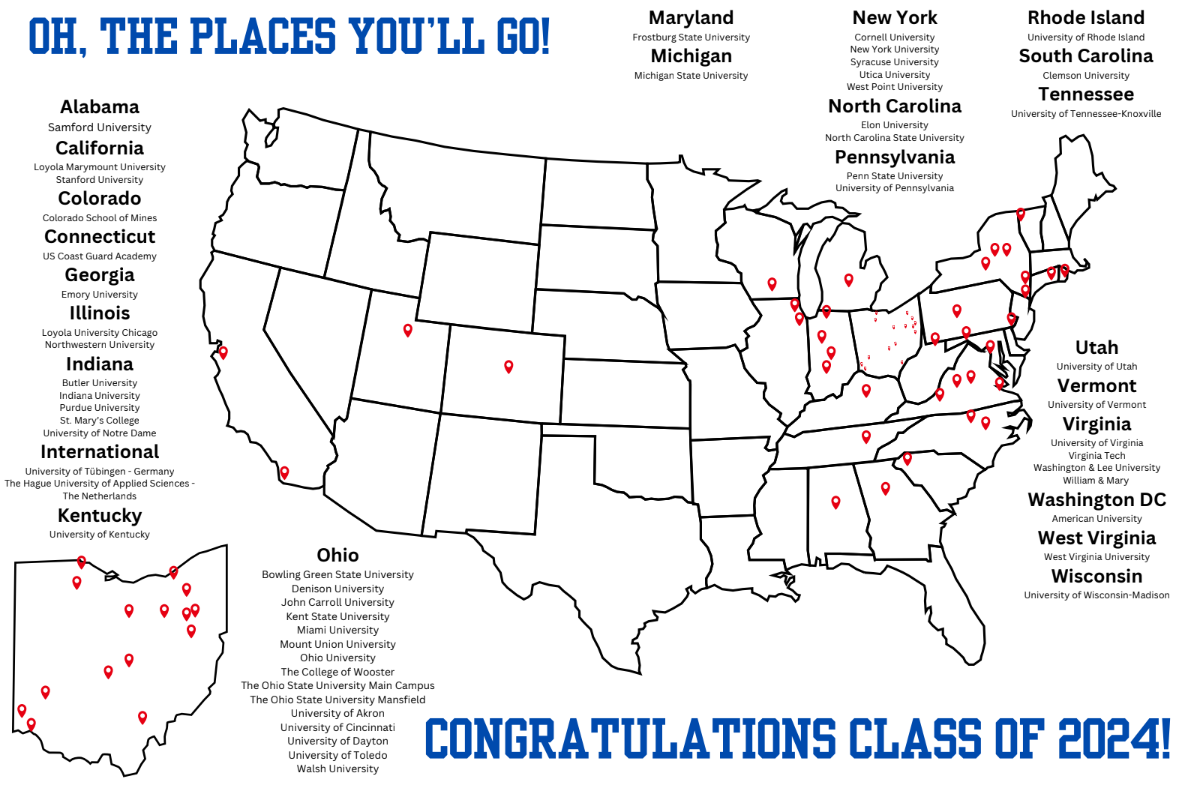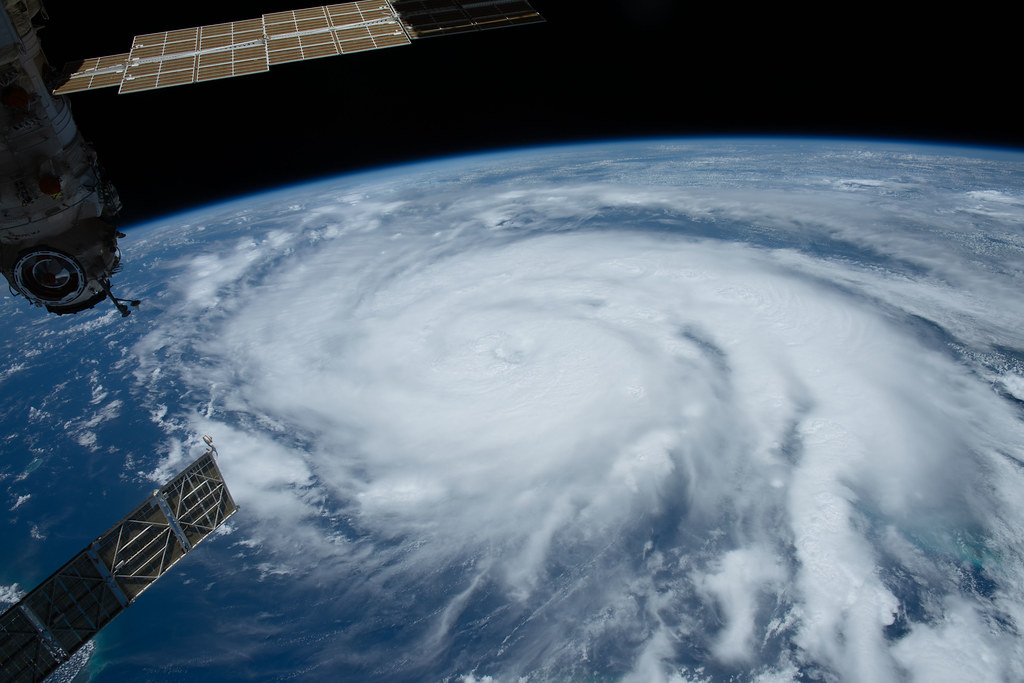From August 26th, 2021, to September 4th, 2021, Category 4 Hurricane Ida terrorized the Gulf Coast and the surrounding areas. When Ida made landfall, it made the record books by becoming the sixth most costliest U.S. Atlantic Hurricane with $50 million in damages and was the second most damaging and intense hurricane in Louisiana. According to Wikipedia, this hurricane also tied with Hurricane Laura (2020) and the 1856 Last Island Hurricane for the strongest hurricane based on the maximum sustained winds during landfall in the state of Louisiana.
Although the worst of the hurricane subsided by the time it continued to the Northeast, the flash floods that came with the storm caused even more incidents. CNBC claims that in New York, 17 deaths have occurred with 15 being in New York City. In nearby New Jersey, 27 storm deaths were confirmed, and four people are still missing. Compared to The Louisiana Department of Health Statistics, which claimed 26 people perished due to Ida, more people died from flash flooding than from the actual hurricane. These floods are deadly and are only one of the destructive effects of Hurricane Ida.
Ida didn’t only break records in the South, but also did so in the Northeast with its effects from flooding. AP News states that seven rivers in the Northeast have reached the highest levels ever. In New York, the rain came down with three inches of accumulation in just an hour.
Hurricanes are becoming more powerful and common each year, with climate change having an effect on our atmosphere. In last year’s Atlantic hurricane season, there were the most named storms (30) and major hurricanes (seven) yet. This year’s season still has time to catch up but is already tied for 3rd place with 19 named storms between four other seasons for the spot of most storms in their season.
Here are some of the basic facts about the hurricane.
A hurricane is a tropical cyclone that arrives with heavy rain, thunder and lightning. The winds must be 74 miles per hour or more for a hurricane to be classified as such instead of a tropical storm or depression.
In order for a hurricane to occur, there must be a large area of warm water, such as an ocean or a gulf, nearby. Since Ohio is landlocked, Hudson doesn’t have to worry about getting hit by the main event of a hurricane. Though a powerful storm here can cause heavy showers and flooding, we do not experience the worst a storm has to offer. In America, the places where hurricanes are likely to take place are along the coast of the Atlantic and Pacific Oceans. Most major hurricanes happen in the Atlantic Ocean, specifically the Gulf of Mexico, where Hurricane Ida occurred.
Hurricane Season, which is where most hurricanes appear, is from May to November. This year, the Atlantic Hurricane Season started on May 22nd and will last until November 30th. The Florida Climate Center claims that peak Hurricane Season is between mid-August and late October since this is the time when the waters have warmed up enough to support the drastic tropical waves.
The formation of a hurricane requires a series of specific events to happen simultaneously. If there is a pre-existing weather disturbance (such as a tropical wave), warm water of at least 80 degrees Fahrenheit, and low wind shear (the difference in wind speed or direction over a short area in the atmosphere), a storm could arise. Even with all of these components together, hurricanes are not always guaranteed to form.
When a hurricane has just the right conditions and is ready to form, the humid air over the water begins to rise. This rising air is then replaced by cooler air, creating clouds and thunderstorms. Water condenses in these clouds and forms droplets in preparation to add more power to the storm. The center of the hurricane, more commonly known as the eye, is an area of descending air that is the source of the hurricane’s light winds and dry conditions. The harshest winds are those just outside the eye, in the eye wall.
There is no way to stop a hurricane from happening, but there are many ways to eliminate some of the negative effects. You can easily protect yourself and others by being prepared in the case of an emergency. It’s best to make plans with your family or companions while in a hurricane-prone area. When making plans, decide where to shelter, where to keep an emergency kit and what must-have items should be brought into the shelter.
When you know a hurricane is near, you should make more sudden preparations. If you have a car with you in the soon-to-be-affected area, make sure to move it into a garage. If you’re not in a position where you can hide the car in a closed area, make sure to stay parked away from trees, power lines and low-lying areas.
To save money and your outdoor furniture, bring in patio equipment, potted plants, chairs or anything else that can be safely relocated inside during a hurricane. Even though hurricanes will not invade your house at full throttle in Ohio, it’s still beneficial to know what to do in case you are visiting a place where hurricanes are expected.
If you are in danger due to a hurricane or know someone who is, you can call the Emergency Management number that qualifies for the county of the affected party. For Florida, where most Hurricane help is typically needed, call the Florida Emergency Information Line at 1-800-342-3557. To request information or for other purposes related to the American Red Cross, you can call 1-800-RED-CROS(S) (1-800-733-2767). You can also find Red Cross Information through their mobile app.
To assist with aiding the victims of Hurricane Ida, go to the National Voluntary Organizations Active in Disaster website (nvoad.com) or donate to causes that go towards Hurricane Ida relief. Many services request that you do not send physical objects.
Whether affected by Hurricane Ida or another approaching Hurricane, help is always available. Stay safe, stay informed.
































